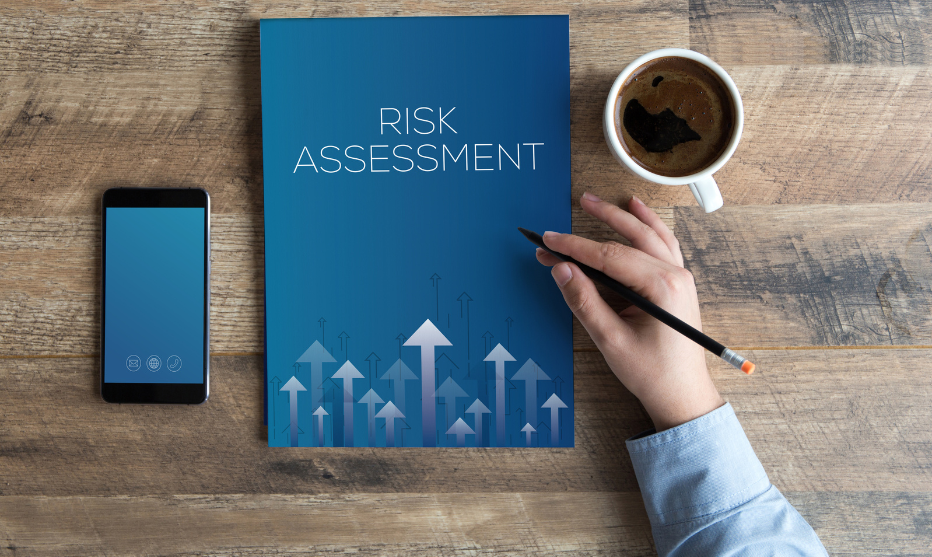
The Safety Management Plan (SMP) is one of the most important documents in a clinical trial. The SMP offers a systematic approach to clinical safety management and helps clinical trial sponsors to minimize safety risks in subjects and patients of clinical trials. Its design and content can greatly influence the execution of clinical trial drug safety activities, which of course is a top priority for everyone – the patients, the Sponsor, and of course the Regulators and Inspectors.
The core purpose of the SMP is to define the roles, responsibilities, processes, and timelines for drug safety activities distributed among the involved parties. It governs all clinical safety-related communications between the Sponsor, the Contract Research Organizations (CROs), pharmacovigilance services provider and/or safety database provider, and potentially additional parties, for example, a third-party responsible for the unblinding and regulatory reporting of unblinded expedited reports.
From the regulatory point of view, one of the most important parts of the SMP is the plan for handling Serious Adverse Events (SAEs), especially the Suspected Unexpected Serious Adverse Reactions (SUSARS) that are subject to expedited reporting. Since the clinical trial involves multiple parties (e.g. Sponsor, CRO, safety vendor, etc.), the flow of SAEs and SUSARs must be very well defined among all parties involved in trial management. The SMP should clearly define who is the initial receiver of the safety report on behalf of the Sponsor, as well as it should define how this initial report is documented. This is critical because the date of initial receipt (so-called “Day Zero”) shall define the deadline for regulatory reporting.
What is more, quite often the initial reports will need to be followed up asking the clinical trial investigators for additional information or clarifications regarding the reported event. In many cases investigators are queried regarding the assessment of the event, for example regarding the causality assessment which may determine whether the event is subject to expedited reporting or not. The SMP should clearly present and standardize the incorporation of such follow-up reports into event narratives, as well as how changes to previously reported information are made.
The SMP should provide sufficient detail of all steps of SAE/SUSAR processing, such as narrative writing, medical review, triage and reportability decisions, unblinding process, reporting process to national and central authorities (e.g. EudraVigilance, the country-level authorities governing clinical trials, such as Ethics Committees or local Competent Authorities), and distribution to investigators. Furthermore, it should detail who is responsible for each step and how these parties interact with each over throughout the process.
The SMP should also list the responsible persons, back-ups, provide clear communication lines and documentation requirements, as well as timelines for execution at each step. The SMP should be clear and understandable to everyone involved in any aspects of the safety management of a clinical trial. The SMP serves as a reference document during the trial, therefore it should be easy to access its content and check or verify a specific point at any time. Flowcharts, tabulations, diagrams, and other types of data visualization often come in handy to explain certain aspects of the processes covered by the SMP. It will supplement or even replace some of the Sponsor’s, CRO’s, or safety vendor’s Standard Operating Procedures (SOPs). All safety-related training on a clinical trial should derive from the contents of the SMP. This may include training aimed towards the Clinical Research Associates (CRAs), Medical Monitors, as well as other members of the Sponsor or a CRO.
What else to consider within the frames of the SMP?
- SAEs reporting processes in case the EDC is out of service;
- Reference Safety Information to be used and how and when it will be updated;
- Reconciliation procedures; Members of the unblinding team for reporting purposes and the unblinding process; Storage of the worldwide regulatory submission compliance;
- The handling of pregnancy reports and pregnancy follow-up;
- Cross reporting of SUSARs to/from other clinical studies with the same Investigational Medicinal Product (IMP) Aggregate reporting
- Processes and timelines for deviation management; References to applicable regulations and SOPs;
- Reporting of Serious Breaches; Reporting of Urgent Safety Measures; Continuous risk-benefit assessment.
The SMP is an operational plan that defines the conduct of safety-related activities during a clinical trial. A well-designed, well-written, comprehensive, logic and clear SMPs across all Sponsor’s clinical development programs will reduce the risk of deviations and compliance gaps, as well as it will increase operational efficiency and ensure that the clinical trial Sponsor and CROs/Vendors are meeting their commitments to compliance and patient safety.
Safety Management Plan development is one of the services provided by Insuvia. Our clinical safety team can help you write a comprehensive Safety Management Plan as well as handle all drug safety activities for you during a clinical trial. Contact us now to learn more about our clinical safety and pharmacovigilance capabilities.




